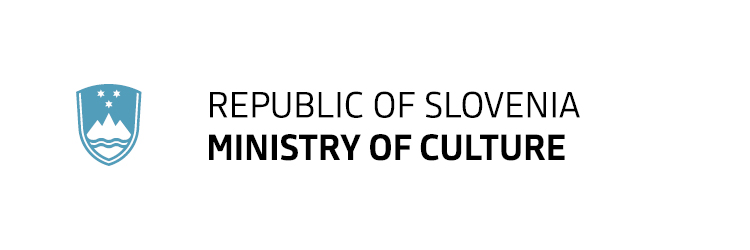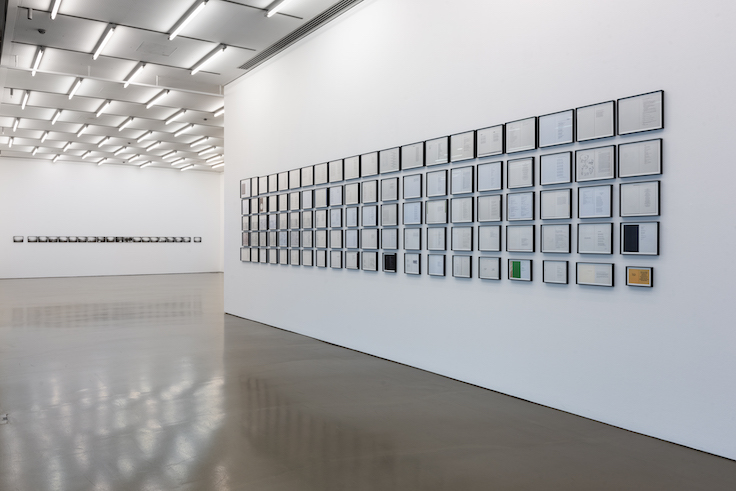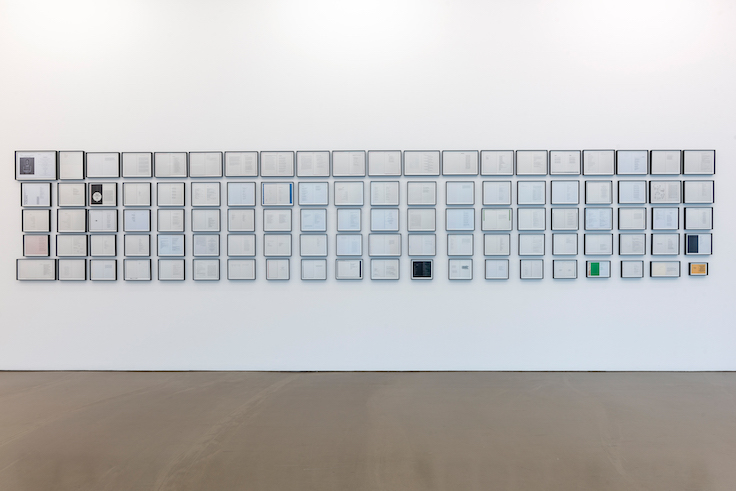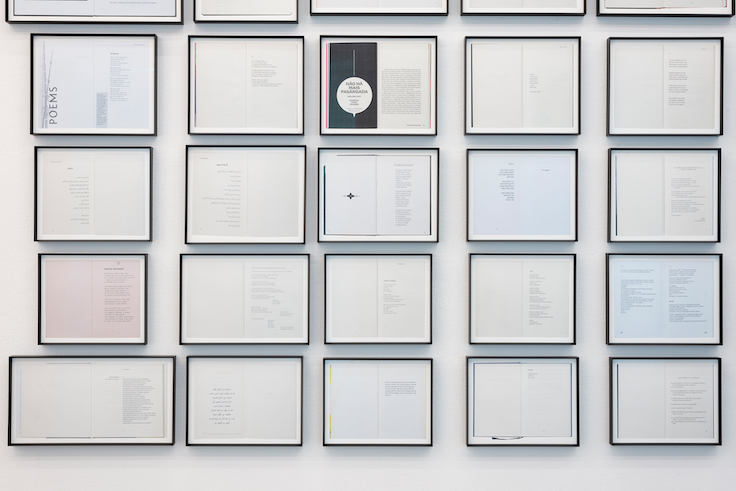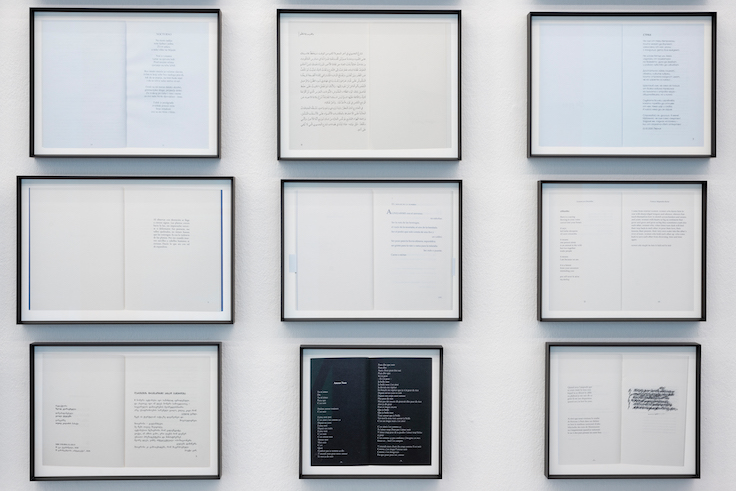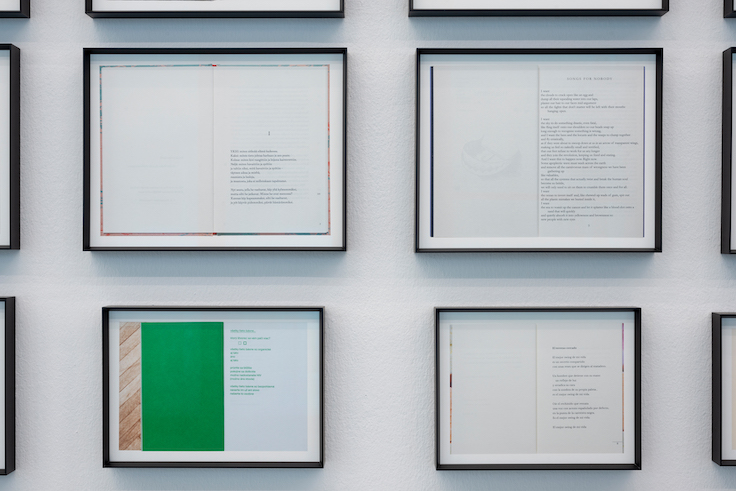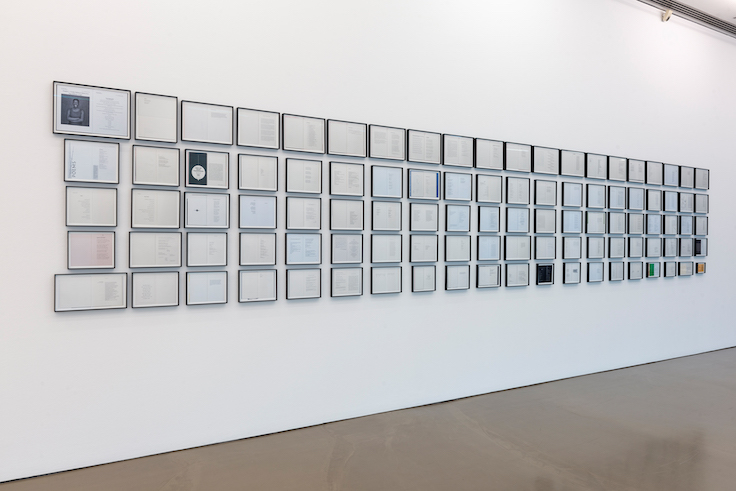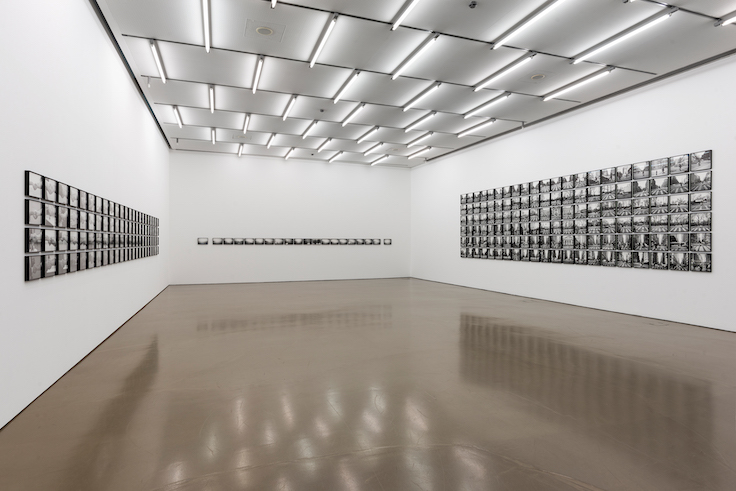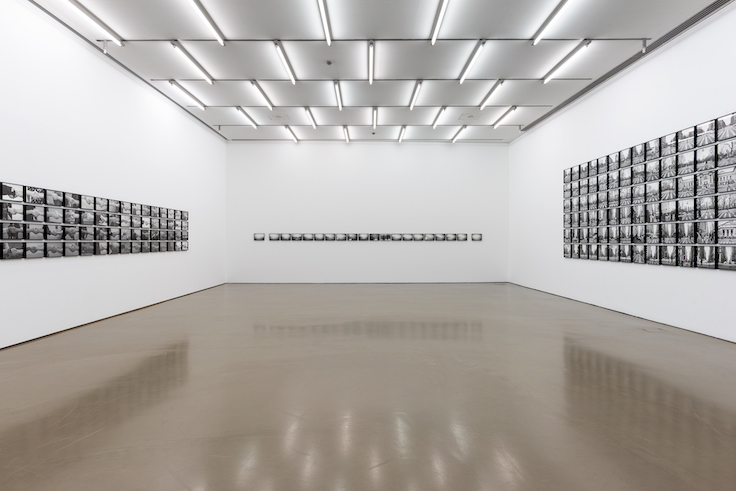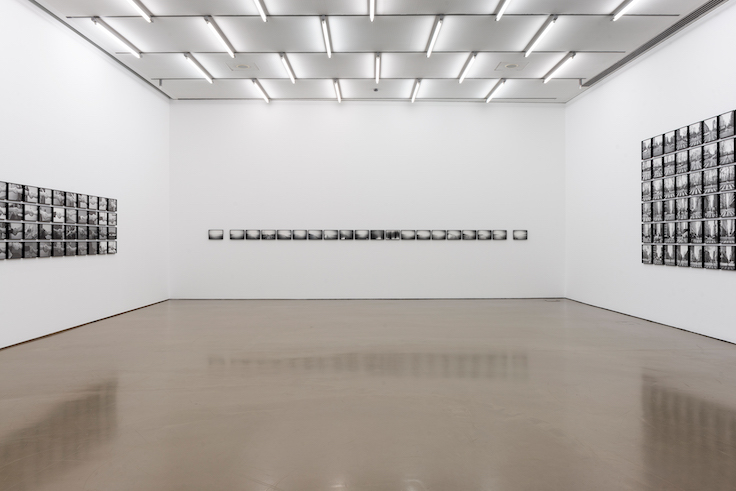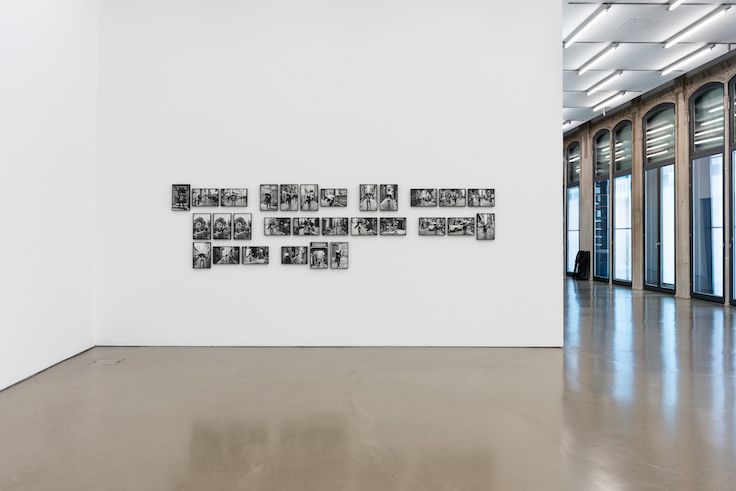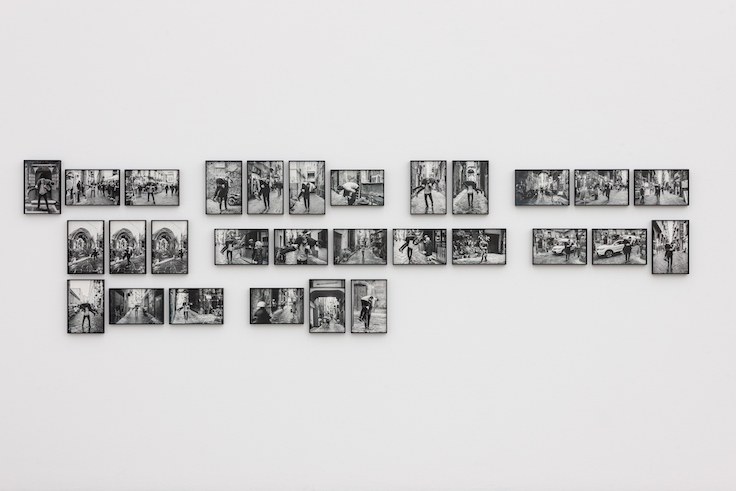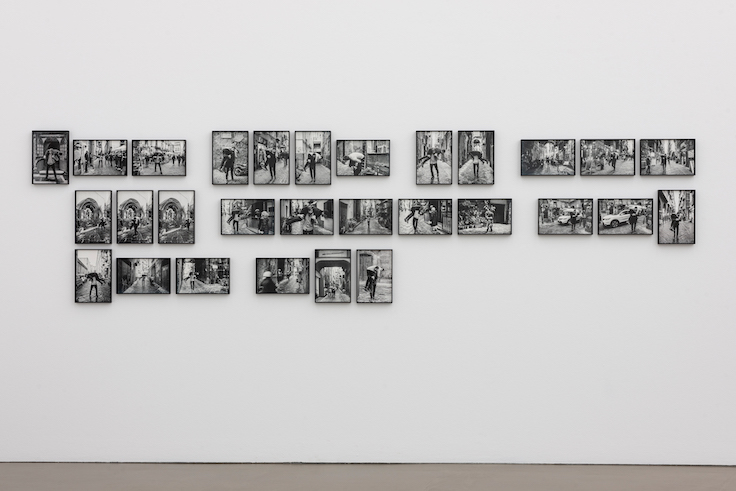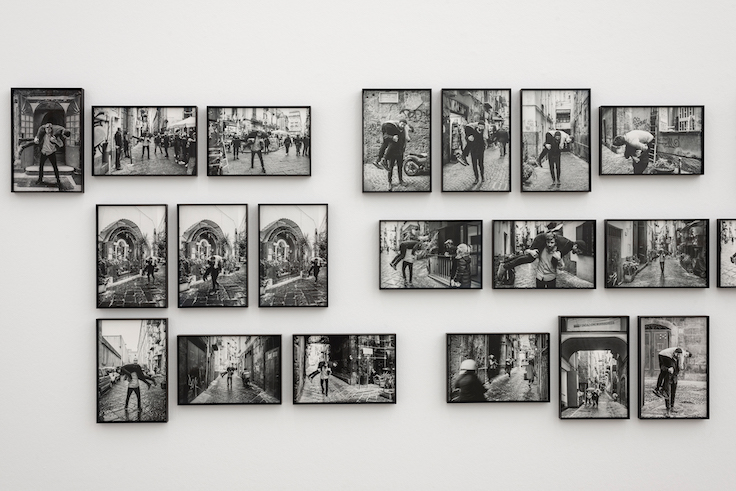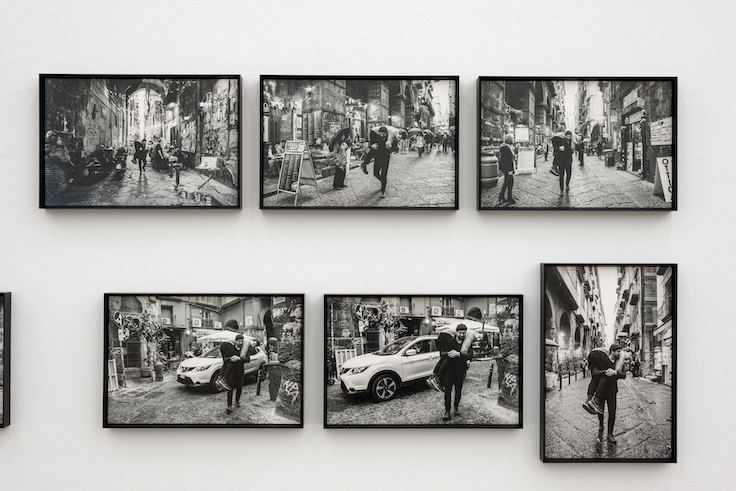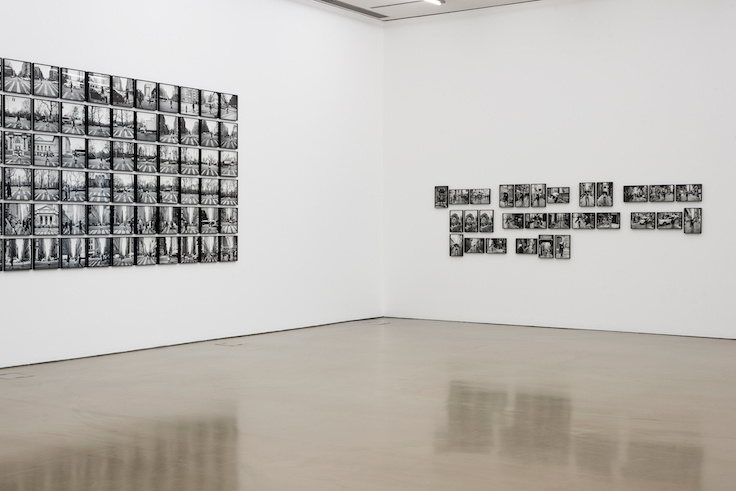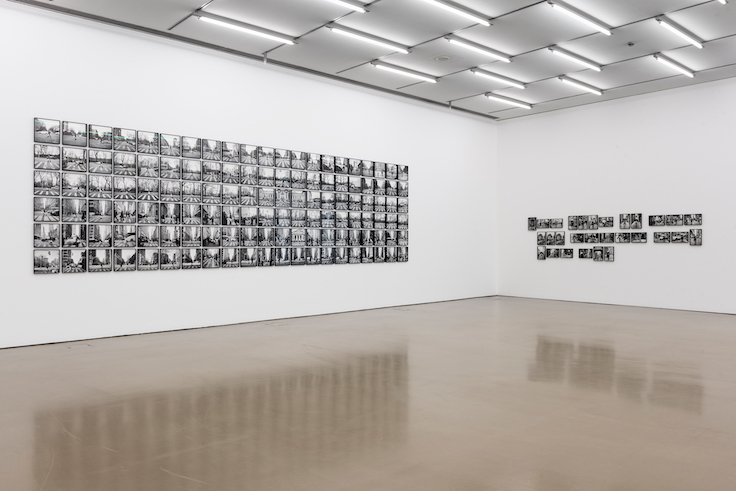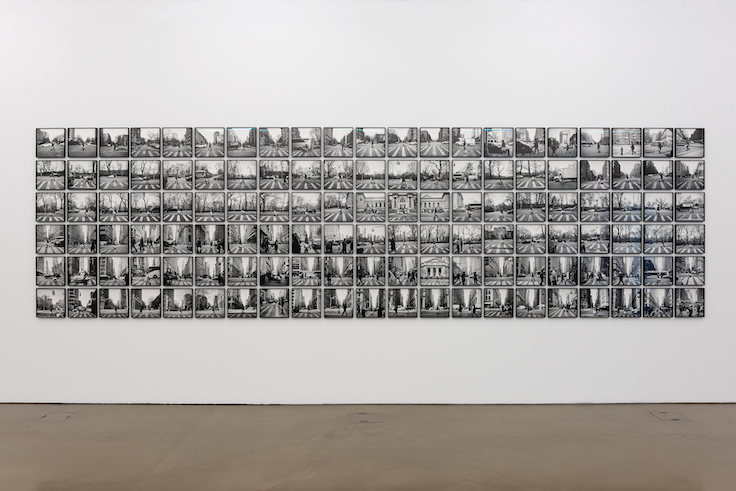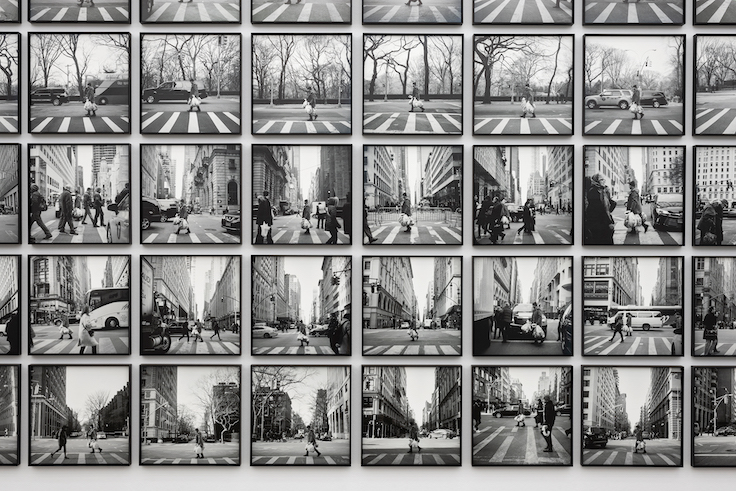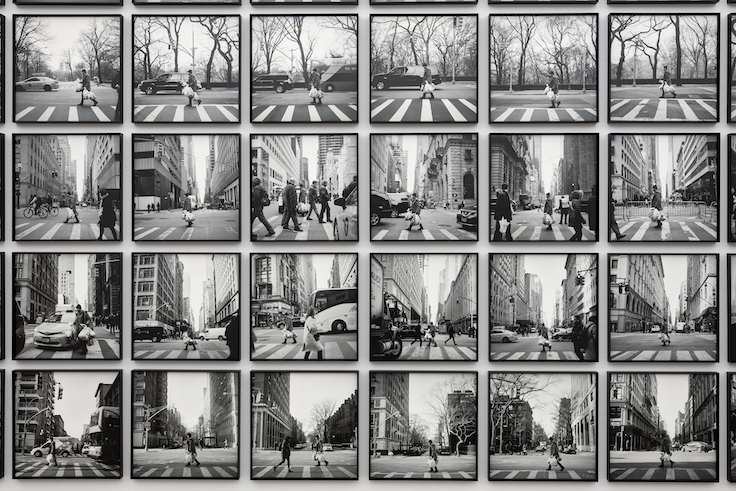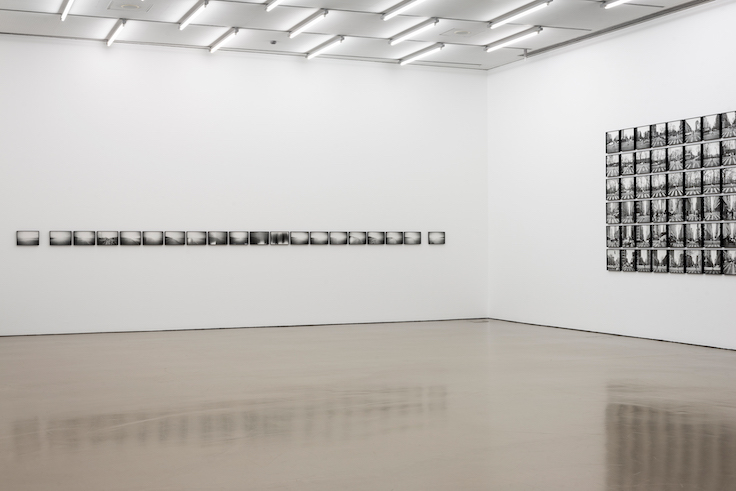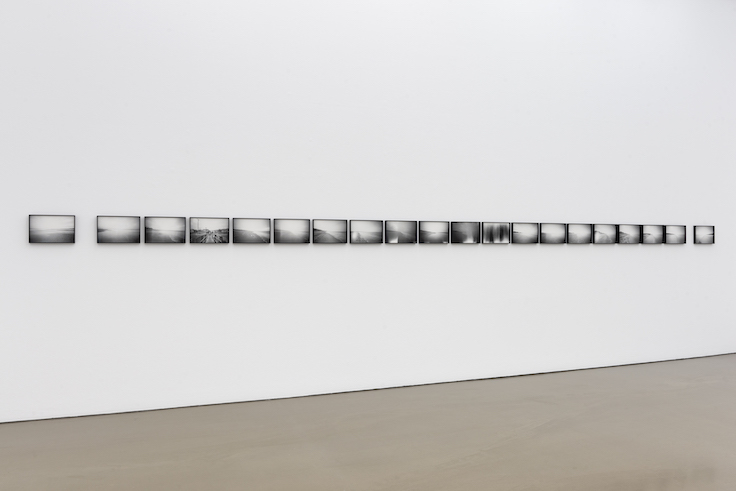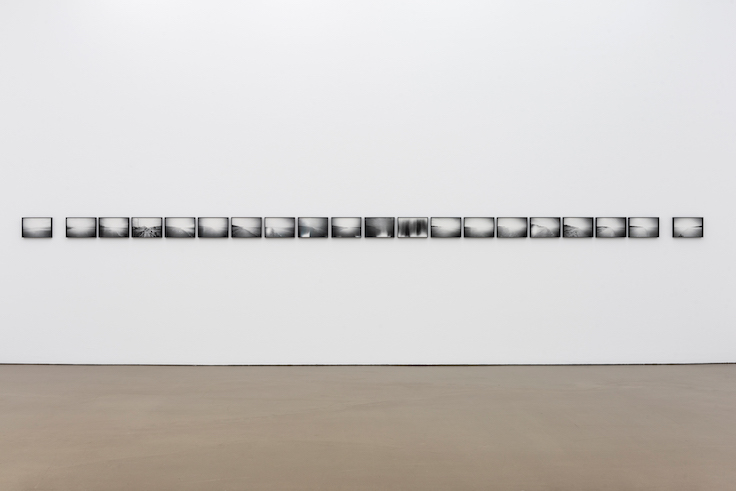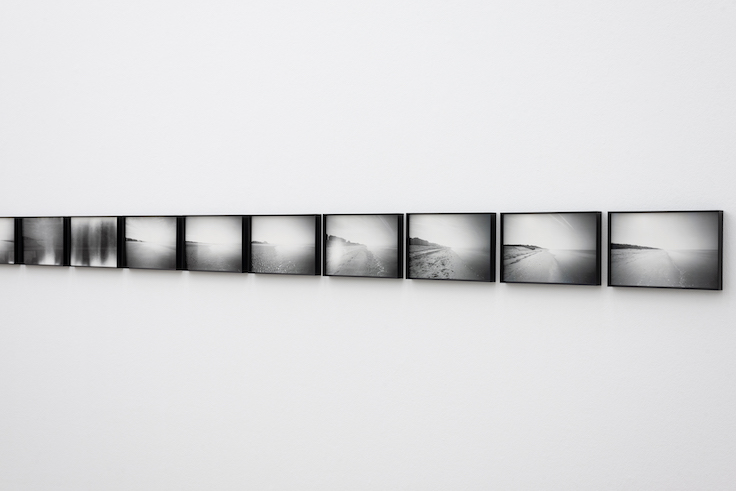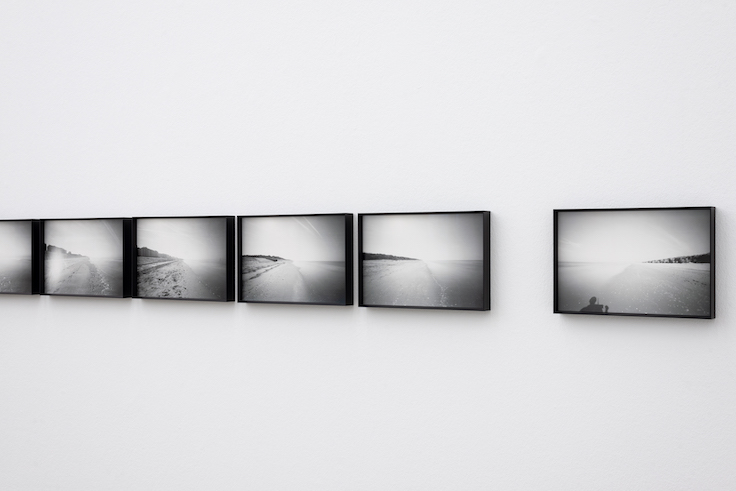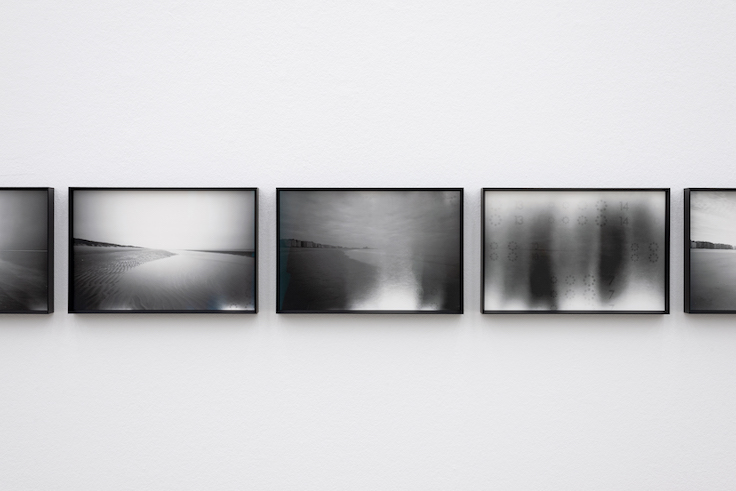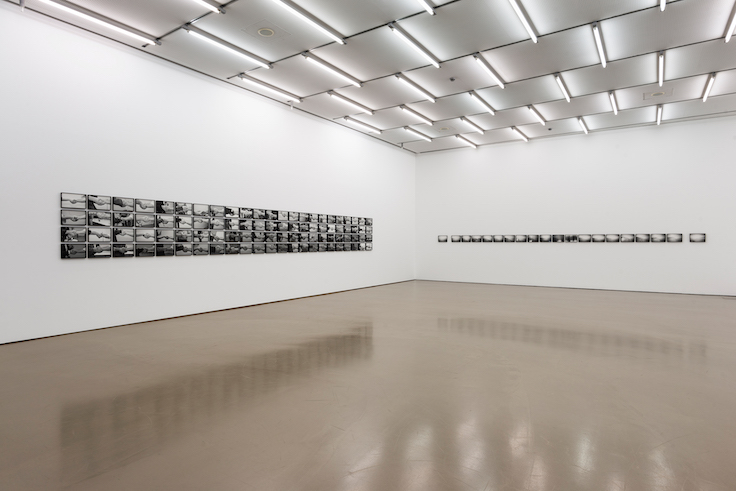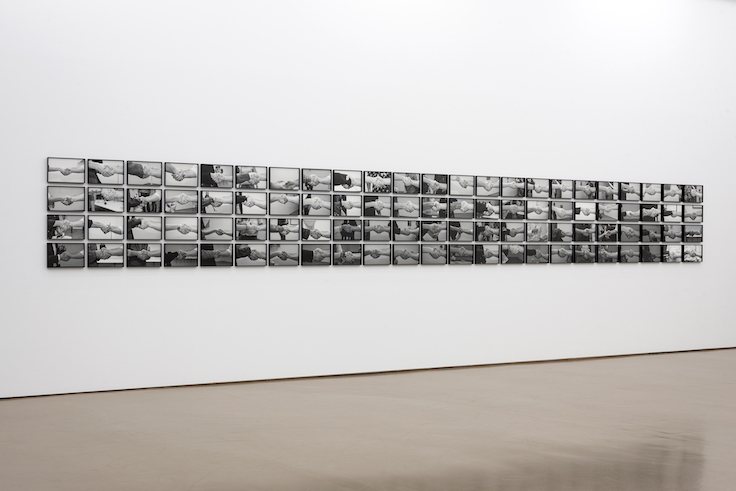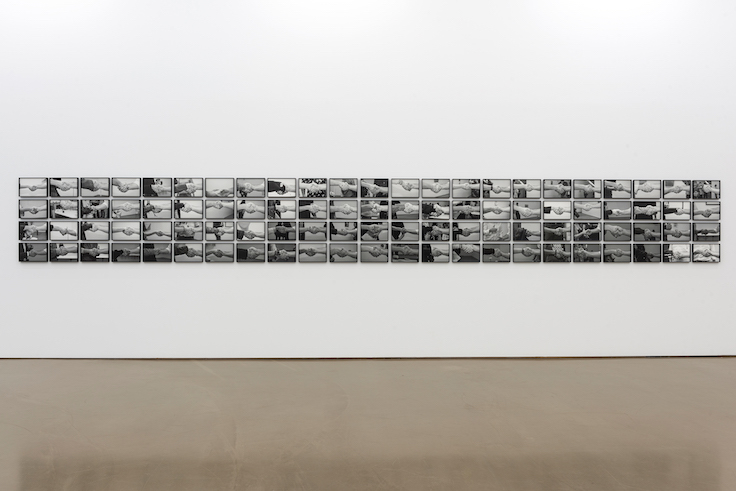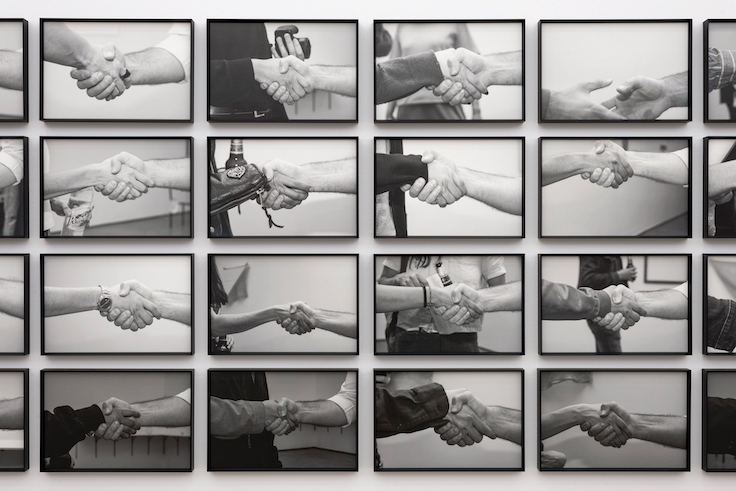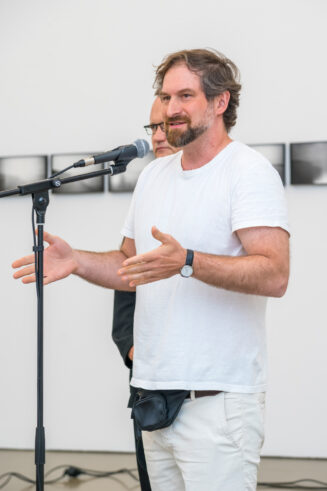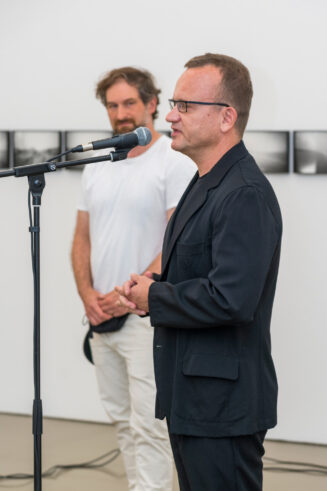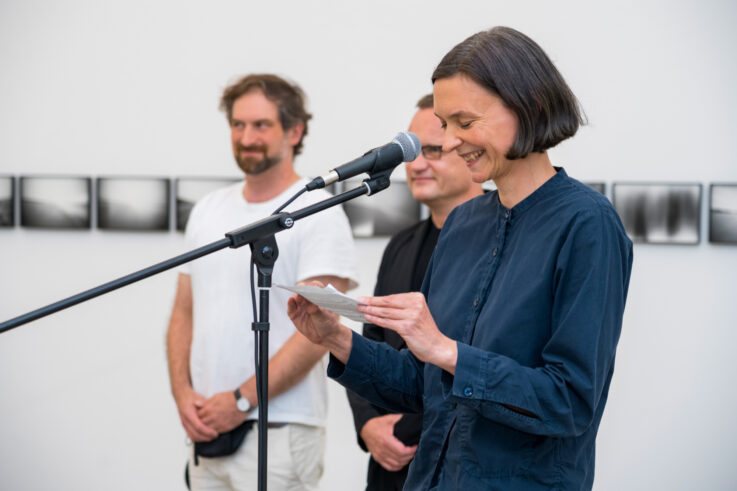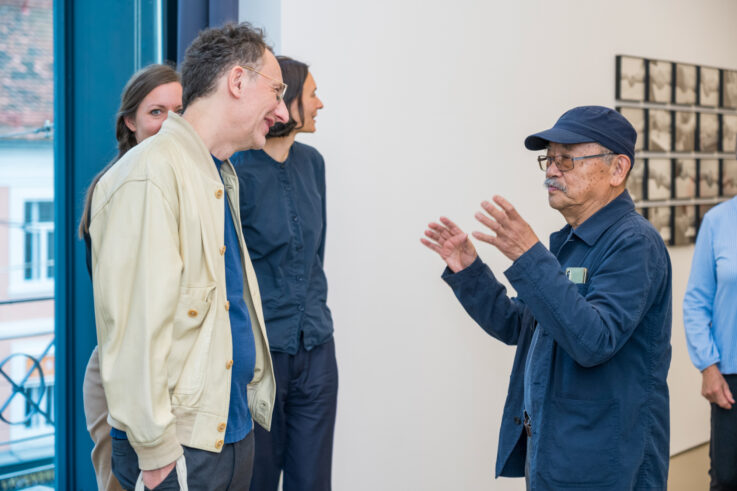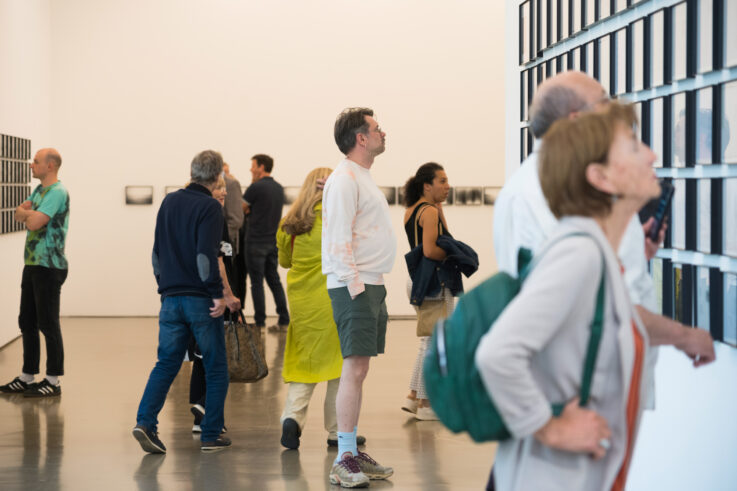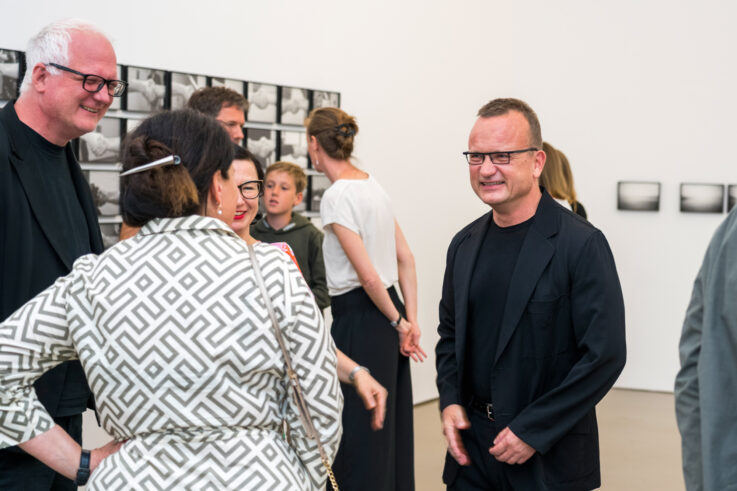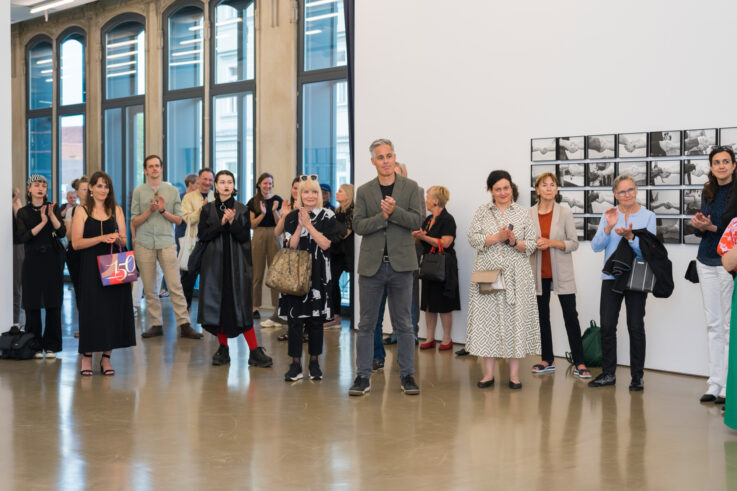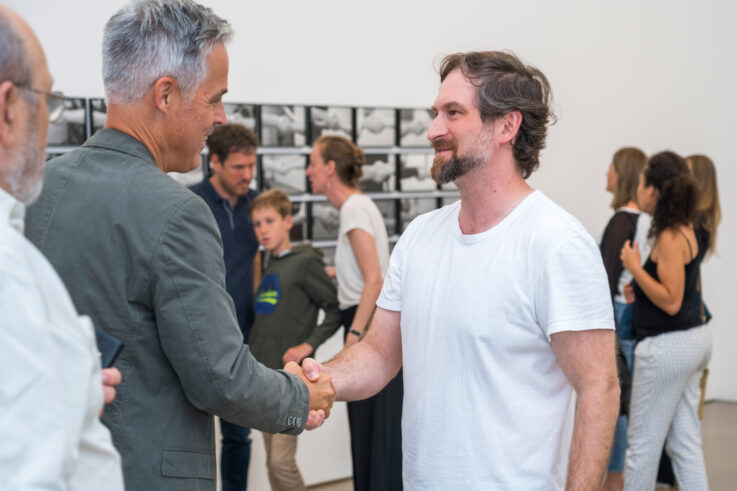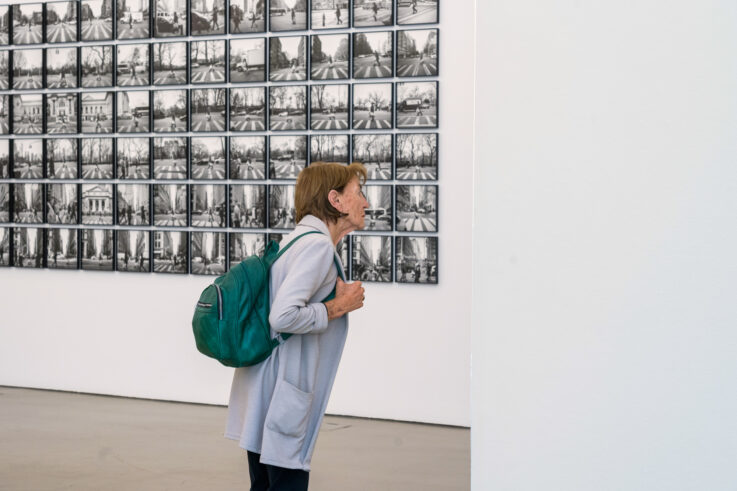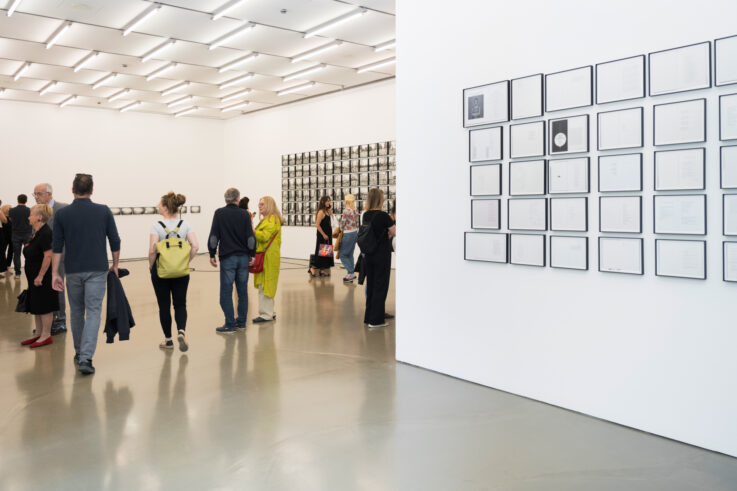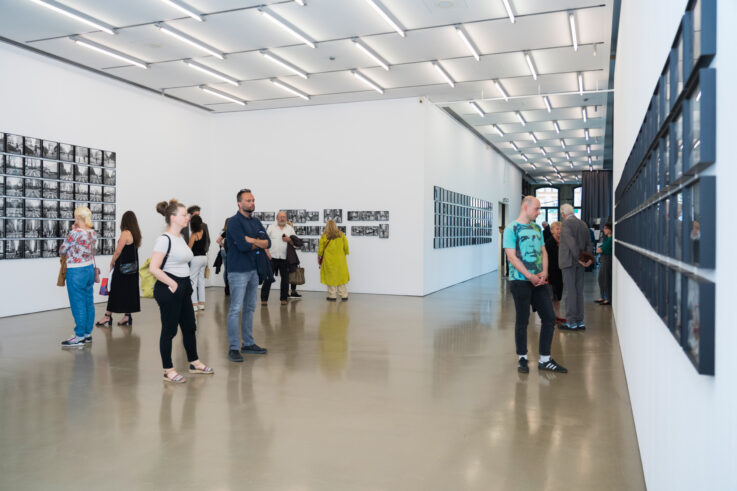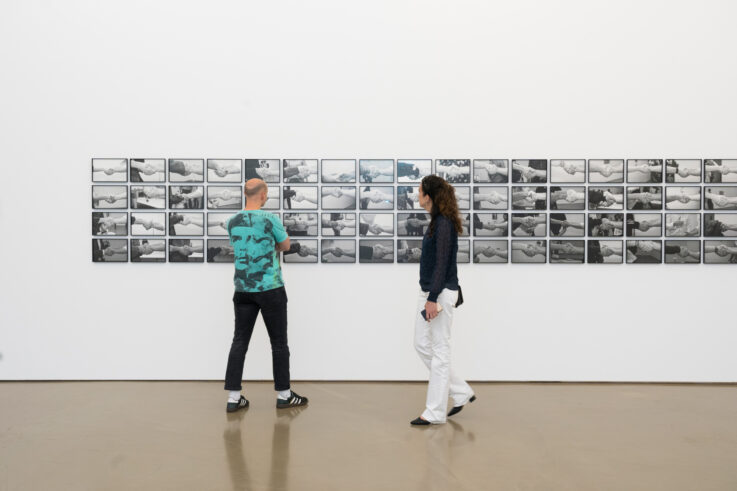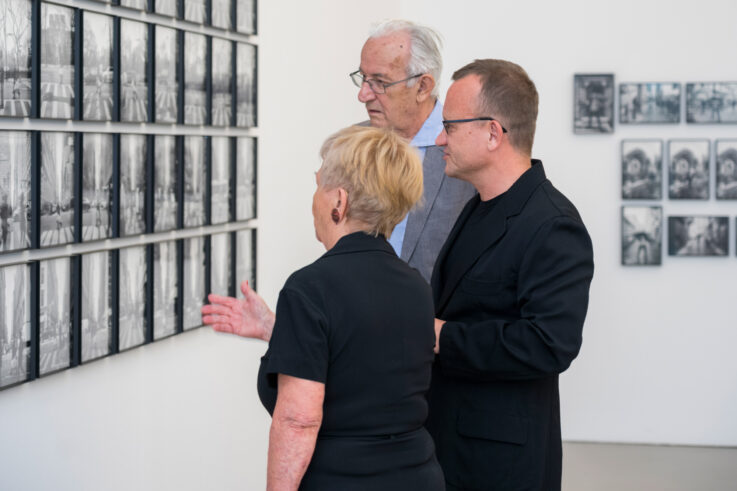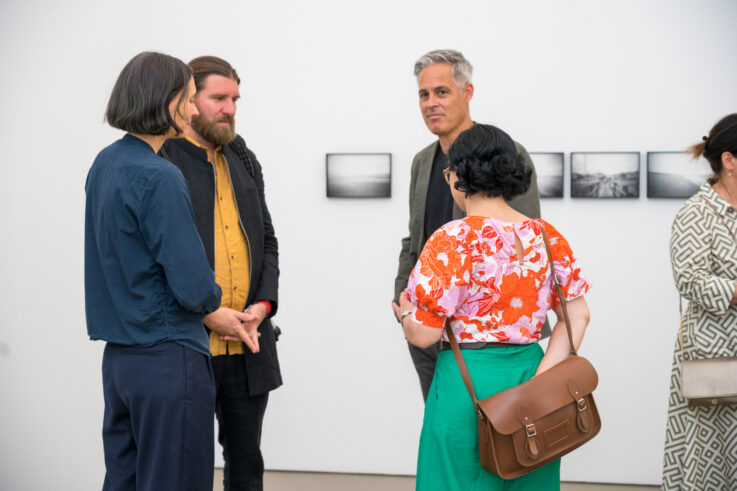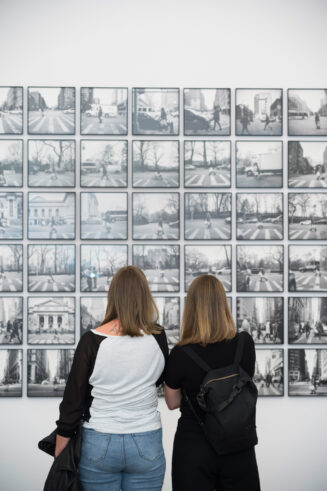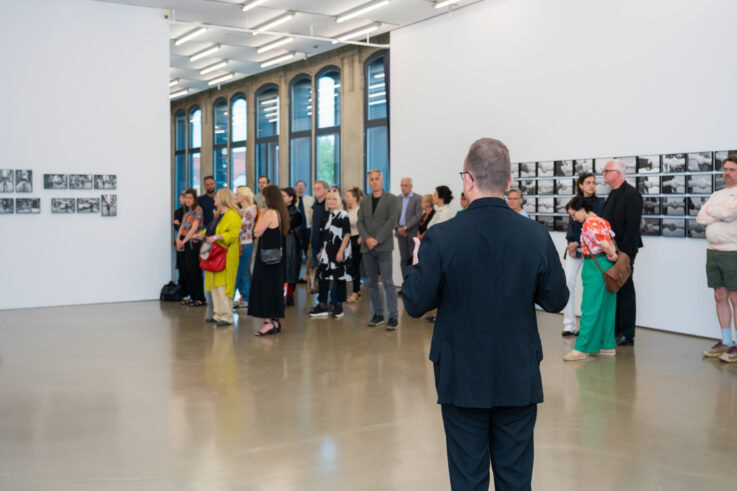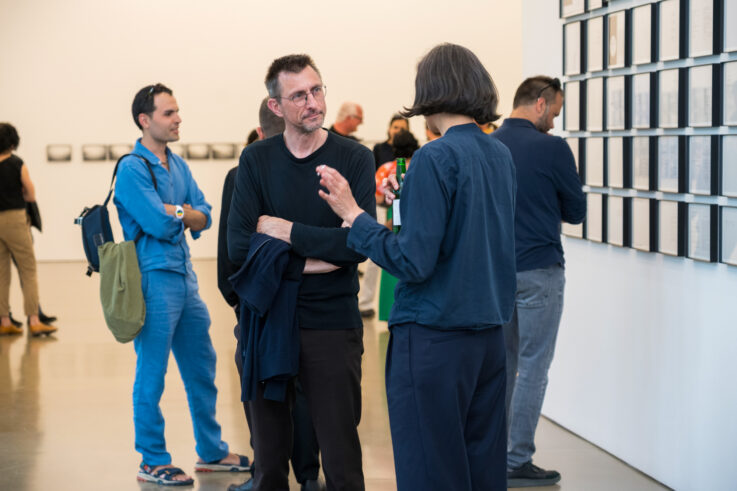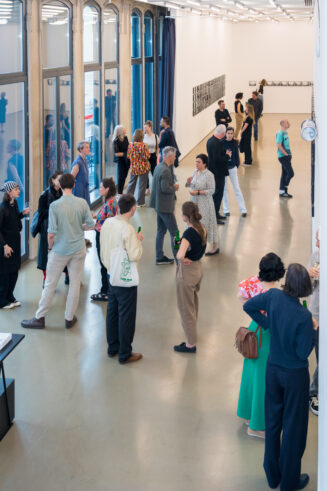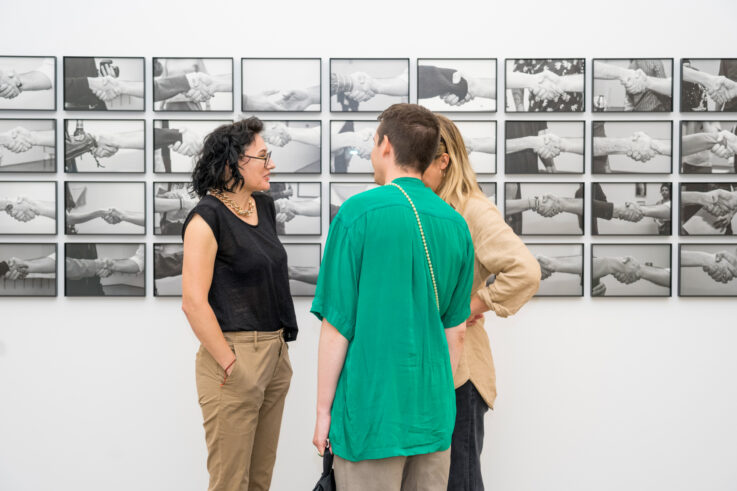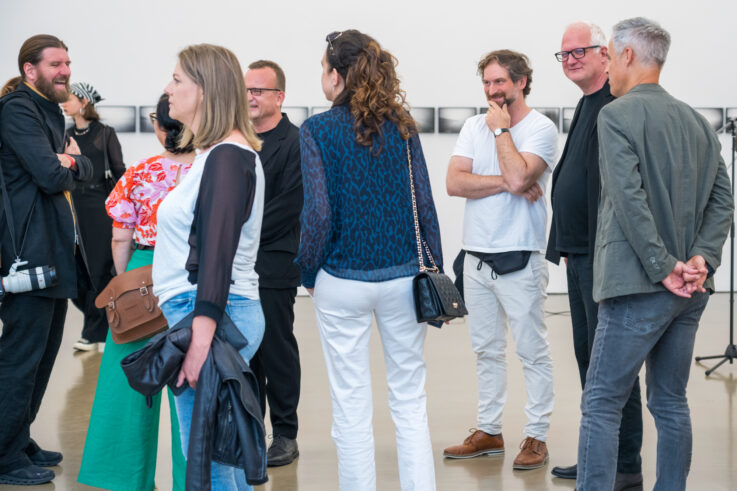Ištvan Išt Huzjan
A Poem Between Us
Infos
Opening
16.6.2023, 18:00, 6 pm
Apéro and Guided TourIštvan Išt Huzjan with Walter Seidl
28.7.2023, 5 pm
Duration
17.6.– 20.8.2023
Opening hours
Tue – Sun and bank holidays
10 am – 6 pm
Guided tours
German, English
Free, on request:
exhibitions@camera-austria.at
+43 316 81555016
Curated by
Walter Seidl
Intro
Ištvan Išt Huzjan’s artistic approach is based on the design of paths and routes, which he uses to probe the distance between people and spaces, but also to shed light on movement patterns between places and the kinds of motion involved. Many of his projects provide information about relationships among individuals, societal structures, and inherent historical or geographical relations. Photographs are the ephemeral material that bears witness to specific places or culturally driven actions. These pictures arranged in series are at times accompanied, in the form of land surveying, by objects as added elements. The exhibition at Camera Austria shows a number of Huzjan’s performative works, which he made based on invitations by various curators and exhibition venues. These works focus on the artist as a protagonist in that Huzjan conflates spatial and temporal moments, consciously directing their progression. Documentation and representation are points of reference localizing the subject on different planes of time and space. The work A Poem Between Us, created during the pandemic, is being shown for the very first time at Camera Austria, and it also lends its name to the exhibition title.
Read more →Ištvan Išt Huzjan
A Poem Between Us
The work of the Slovenian artist Ištvan Išt Huzjan is based on the gauging of paths and routes, which he applies to probe the distance between people and spaces, but also to shed light on movement patterns between different places and the kinds of motion involved. Many of his projects provide information about relationships among individuals, societal structures, and inherent historical or geographical relations. These often include the artist himself and the activities his body undertakes to develop performative scenarios and interactions with other individuals, which surface in pictorial planes of representation. The means to document most of his actions is the photographic apparatus in its analogue form.
Photographs capture what would otherwise be ephemeral moments and bear witness to specific places or culturally driven actions. Huzjan’s images are arranged in series and at times accompanied, in the form of land surveying, by objects as additional elements. The exhibition at Camera Austria shows photographs of a number of Huzjan’s performative works. They were developed based on invitations by various curators and exhibition venues, and then realized as a series and turned into numbered artist books entitled MERA, a Slovenian term which translates as “measure.” These works focus on the artist as a protagonist in that Huzjan measures spatial and temporal moments, thereby consciously directing their progression. Documentation and representation are points of reference localizing the subject in different realms of time and space. In these specific territories, interaction with other individuals is at the forefront of the debate. At Camera Austria, the photo series of the first four MERA publications are presented in a condensed and stringent arrangement along with Huzjan’s latest large-scale project, A Poem Between Us, which the artist developed during the pandemic. The work is being shown for the very first time and also lends its name to the exhibition title.
Huzjan’s approach to surveying land and bodily gestures puts him in a line of artistic practices performed in southeastern Europe related to the inherent historical narratives of recent decades. Key figures that could be seen as predecessors are the Slovenian artist group OHO, and later the collective NSK (Neue Slowenische Kunst), as well as the Yugoslavian conceptualists of the 1970s.
For his first MERA project, he chose the seaside between the Netherlands and France in a performance which was called Walk on Water (2017). On the border between the Netherlands and Belgium, Huzjan took a photograph of the Netherlands, turned around, and then started walking along the Belgian coast. However, he could not follow a straight line, for the path along the seaside became somewhat curved and crooked. With one leg in the water and the other on land, the artist walked slowly and took a photograph of the horizon facing southward about every hour. By nightfall Huzjan had reached Ostend, where he stopped overnight. The next morning his walk and movements continued in the same manner until he reached France, where he turned back again, facing north, and took the last photograph. Through the hourly shots, the series ultimately consisted of about twenty photographs. The artist book relating to this, as well as the ones for the other three MERA projects, was published by MER. Paper Kunsthalle in Ghent. All issues of the artist books are presented in the exhibition along with the photos.
The mediatic image flow of the past few decades necessitated an increased concentration on visual forms of signification in diverse real and virtual spaces. Questioning the relevance of space and its visual representation is one of the tropes Huzjan applies by choosing environments that might at first look random, but then become visual signifiers through specific actions captured via the photographic apparatus. Various modes of perception and constructions of the self have led to a filtering of possible forms of visualization, with its ephemeral character manifesting in the respective reproducible media formats. Huzjan addresses this self-referentiality, which becomes apparent through transcultural forms of transition leading to a new mapping of terrains. He references changing experiences with time and space, which have made the subject attach less importance to geographical departure and arrival points than to interim stages, the latter perceived only in passing, thus concentrating on the significance of visual, linguistic, and cultural codes of interaction. The result can have a documentary, manipulative, or abstracting character, depending on the artist’s personal experience and translocation and on the ephemeral notions of perception. Thus, Huzjan also relates to Marc Augé’s early 1990s concept of non-places as spaces of transience, where individuals traditionally stay anonymous and only remain to linger for a while. Through photographic documentation, however, Huzjan lifts the anonymity of the subject by attributing meaning to actions and spaces that might otherwise remain unnoticed.
The second MERA project, Daily Chores on 5th Avenue (2017), was carried out on the occasion of the exhibition NSK State Art: New York, The Impossible Return held at the James Gallery of The Graduate Center at the City University of New York (CUNY), curated by Katherine Carl and Tevž Logar. On this occasion, Huzjan walked along 5th Avenue from the corner of West 143 Street and 5th Avenue to the northern entrance of Washington Square Park. His movement was photographically documented at each of the avenue’s 126 street intersections. During his walk, he cleaned the gutter by collecting waste in transparent sixteen-gallon plastic bags. A heap of six full garbage bags was exhibited in front of the gallery at 365 5th Avenue on February 8, 2017. The following morning, the heap was picked up by the New York City Department of Sanitation. In this project, Huzjan went one step further by adding the collecting of garbage to his pursual of a straight line through the city. Huzjan’s participation in this exhibition related to the concept of creating an artistic scenario out of space and time, which in a wider sense followed the NSK concept of a state that is based not only on territory but also on the progression of time, as pursued by the Slovenian artist group IRWIN
in 1992. The situation was different back then due to historical circumstances related to the dissolution of Yugoslavia and the independence of the Slovenian state, but the project itself still resonates politically today. IRWIN have hitherto offered passports for a virtual nation called the “State in Time,” which consists of about 15,000 citizens worldwide. Their concept focuses on a non-place, yet not in the form of an interim space, but rather a territory without a territory that is based on time and imagination.
The third MERA project was realized on the occasion of Huzjan’s solo exhibition De Métrico a Imperial (From Metric to Imperial) at the gallery Proyectos Monclova in Mexico City in 2018. For this performance, Huzjan shook hands and spoke with visitors attending the opening. The artist introduced himself to each of them, and then expressed his gratitude for their attendance and interest, starting with the sentence: “Thank you for coming.” Such repetitive moments also became the motif for the photographic series that resulted from these ubiquitous gestures. In ninety-two photographs, one can see close-ups of the scenes where the artist shakes the visitors’ hands, while the protagonists remain anonymous. In this performance, Huzjan moved away from the notion of the solitary subject, as the artist was not enacting the gestures by himself only, but was instead entering an interpersonal realm with the attendant visitors. Yet, their identity stayed hidden, as the photographs only show their hands and no other bodily features.
In 2021, the fourth MERA project focused specifically on bodily and physical interaction, which was at the time considered virologically inappropriate for encounters in public. In preparation for his solo exhibition at the Flip project space in Naples, curated by
Federico Del Vecchio, the art foundation Fondazione Morra Greco had invited Huzjan to participate in their artist-in-residence program. Thus, it was possible to embark on new interpersonal encounters, which led to a relationship between the artist, curator, an artist-run space, and an art foundation. The intense discussions and interaction between Huzjan and Del Vecchio inspired the artist to work on a new performance entitled Sulle Spalle (On One’s Shoulders). On November 12, 2021, Huzjan and Del Vecchio carried each other on their backs from the Flip project space, located in a former chapel on Via Giovanni Paladino, through the streets and alleys of Naples to Fondazione Morra Greco, located in the Palazzo Caracciolo di Avellino on Largo Proprio di Avellino. Huzjan’s performances often take on a poetic attitude that focuses on interpersonal relations. The latter is also evidenced by the fact that—except for the first MERA project, on which the artist embarked on his own—all other performances were accompanied by additional protagonists and different photographers.
Huzjan’s latest project, A Poem Between Us, which has its exhibition premiere at Camera Austria, consciously refers to pandemic moments. While much of the population had to face the phenomenon called “lockdown” as a new experience, many artists and writers had been accustomed to working mostly in their studio or study, hardly leaving the house. The year 2020, as well as the following one, saw a proliferation of textual output and also of poetry, which demands high concentration on the imagination to reflect on experience in a condensed way. Similar to the fact that a pandemic is a phenomenon that concerns the entire planet, Huzjan did research on younger poets and their works in whatever country possible. Most poems written during the pandemic were published in 2021. This was when Huzjan tried to collect, order, and buy as many books as possible with the poems written in their original language (sometimes paying more for postage than for the book itself). For his photographic series, he chose to take a picture of the first poem in each book, which led to 100 photos altogether. The poetic quality thus lies in the distance between the poem and its photographic visualization vis-à-vis the beholder’s imagination. Huzjan tries to measure the seemingly unmeasurable—an artistic trope which doesn’t need a metric or imperial system. It is the quality of the photographic representation—following a visual form of measuring situations and the relationships of the involved subjects—in which the artist might or might not be present.
With the exhibition A Poem Between Us, Huzjan questions several forms of interaction and the resulting relationships, which entail various kinds of distance, but also involve closeness, not only as a physical state but also as a mental construct. Huzjan juxtaposes this distance and closeness by visually measuring a particular space and the extent to which individuals perform in such a space. The readiness to interact depends on the involved subjects as witnesses or participants in scenarios the artist predefines. Scientific or rational measuring devices might form the basis for a physical experience that cannot be fathomed from the outset. It is the artist who defines meaning in a context that requires a set of rules in order to develop a multiplicity of photographic takes on a specific reality. Scientific measuring tools such as the photographic apparatus with its light-sensitive forms of exposure serve as the source for a poetically driven approach to a particular setting. Although the iconography of gestures reminds of the conceptual practices of the 1970s, the time is the present and the questions raised by the artist remain universal. While artists back then were restricted to a specific place, the present allows for an enactment of gestures in any territorial continuum. The latter has inspired Huzjan to realize projects all around the globe, which also include artistic measurements of transcontinental forms of distance through the camera lens and from a personal point of reference.
Walter Seidl
Ištvan Išt Huzjan graduated from the Academy of Fine Arts in Venice (IT). In 2006 he founded his own publishing house, 21st Century Books, which specializes in artist’s books. In 2009, he completed a two-year residency program at the Rijksakademie van beeldende kunsten in Amsterdam (NL). Between 2010 and 2020, Huzjan completed several other residency programs, including the National Art Studio residency in Chang-dong, Seoul (KR), and he also resided in the residency flat belonging to the Slovenian Ministry of Culture in New York (US). In 2014, he received the Prix Fernand Baudin Prijs (BE) for the most beautiful artist’s book, as well as the Grand Prix of the 31st Biennial of Graphic Arts – Over you/you in Ljubljana (SI) a year later. Some of Huzjan’s more significant recent solo exhibitions include: De Metrico a Imperial, Proyectos Monclova, Mexico City (MX), the MERE retrospective at the City Gallery Ljubljana, and Od odozgo do odozdo at the Vjenceslav Richter and Nada Kareš Richter Collection/Museum of Contemporary Art, Zagreb (HR). His more significant recent group exhibitions are: Dead and Alive, 9th Triennial of Contemporary Art – U3, MG+MSUM, Ljubljana, and Happening: 20 years of S.M.A.K., S.M.A.K. Museum in Ghent (BE). Since 2012, Huzjan has headed the exhibition space Coffre-Fort in Brussels with Thibaut Espiau and Grégoire Motte.
Installation Views
Opening
Partners/Sponsors
